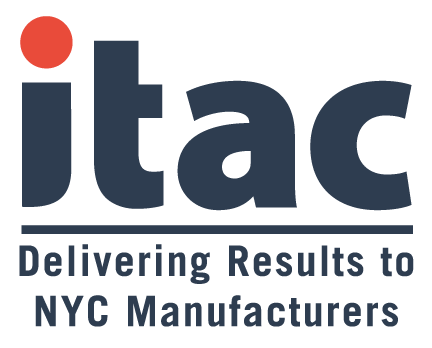Technology manufacturing and service sectors are regaining dominance among the most innovative companies in the US and globally, according to an annual re-benchmarking of The Conference Board Innovation Index for the United States and for the global economy.
In the fourth quarter of 2019, theConference Board saw an improvement in its market returns performance – to 7%, up from 1.6% in the third quarter. The prospect of a “phase one trade deal” between the US and China has helped the financial performance of the most exposed companies, especially in technology and manufacturing. In addition, a relatively well-performing US economy, fueled by consumer spending, a strong housing market, and significant investment in intellectual property, has supported the stock performance of innovative companies.
The parallel global index, which tracks innovative companies worldwide, demonstrated even more robust stock market performance, improving from a return of less than 1% in the third quarter to 8.6% in the final quarter of 2019. On an annual basis, the financial returns on both innovation indexes improved 27.3% over the year.
The indexes measure a fundamental source of growth, namely innovation capabilities of companies. The indexes are expected to yield long-term results that are better than market averages. Because the market performance of companies is driven by many factors in the short term, the index returns can fluctuate compared to benchmarks. Measurement of innovation outcomes requires a long-term focus.
“It is encouraging to see that companies that invest in innovation are continuing to deliver results, despite the slowdown in growth they faced in 2019,” said Bart van Ark, Executive Vice President and Chief Economist at The Conference Board. “In the United States, intellectual property products (IPP) have been the only component of real capital spending that has been growing during the second half of 2019. For 2020, we forecast investment in IPP in the US to grow at almost 6%, whereas aggregate capital spending will only increase at 1%.”
Moving into 2020, technology manufacturing and service sectors are regaining dominance. The weights of the producer manufacturing sector also increased for both of the indexes. However, the weight of the consumer non-durable sector dropped for both of the indexes, indicating the sector’s slower pace in turning innovation advances into market performance. In the global market, it is particularly noteworthy to see that non-energy minerals suppliers are expected to continue to place more innovation value add in their operations, suggesting that the market is beginning to realize that how natural resources are supplied and prepared is becoming increasingly dependent on both materials and process innovation.
“In Q1, market resilience, fueled by innovation, is generally seen in companies with diversified business sectors and supply chains, feasible and flexible management of intellectual property, and a demonstrated capability in global integration,” said David Martin, CEO of M•CAM International.
“Looking ahead, the indexes suggest that innovative companies with global exposure will benefit the most from an easing in trade tensions, especially technology and producer manufacturing companies,” said Ataman Ozyildirim, Senior Director, Economic Research at The Conference Board. “Domestic sectors, such as retail trade and services, will especially benefit from continued strength in the consumer sector of the economy. However, a rapid response to disruptive technologies will be critical for those domestically focused industries.”
The insight is from IndustryWeek.com. You can read the full article by clicking here.






